Which continent is the producing area of Sidamo? what is the flavor of coffee beans in the new season of 2023? is it delicious?
Professional coffee knowledge exchange more coffee bean information please follow the coffee workshop (Wechat official account cafe_style)
Sidamo is a province of Ethiopia, the producing area is located in the fertile highlands of the East African Rift Valley, is one of the three registered trademark coffee producing areas in Ethiopia, with sufficient rainfall, suitable temperature, fertile soil and large temperature difference between day and night. It provides very good conditions for coffee cultivation. About 60% of the coffee beans produced here are washed and processed. Sidamo Coffee is famous for its rich flavor, mellow body, bright acidity, floral and citrus flavors, and is popular with coffee fans who like fruity and rich aromas. This area also produces some of Ethiopia's highest coffee.

Ethiopia's geographical environment is very suitable for coffee growth. Coffee is mainly grown in the southern highlands between 1100 and 2300 meters above sea level. Ethiopian coffee is harvested once a year, and the red coffee fruit is ripe for picking from September to December. The new season of coffee begins to be exported from November to December. At present, Ethiopia still uses traditional planting methods: artificial care of coffee trees, which has always followed the principle of not using harmful pesticides and herbicides and replacing them with organic fertilizers (mainly fallen leaves, withered grass and animal manure, etc.). It has the reputation of the only pollution-free green organic coffee in the world.
There are mainly eight major coffee producing areas in Ethiopia: Lekempti, Limu, Illubabor, Djimmah, Harar, Teppi/Bebeka, Sidamo and Yirgacheffe.
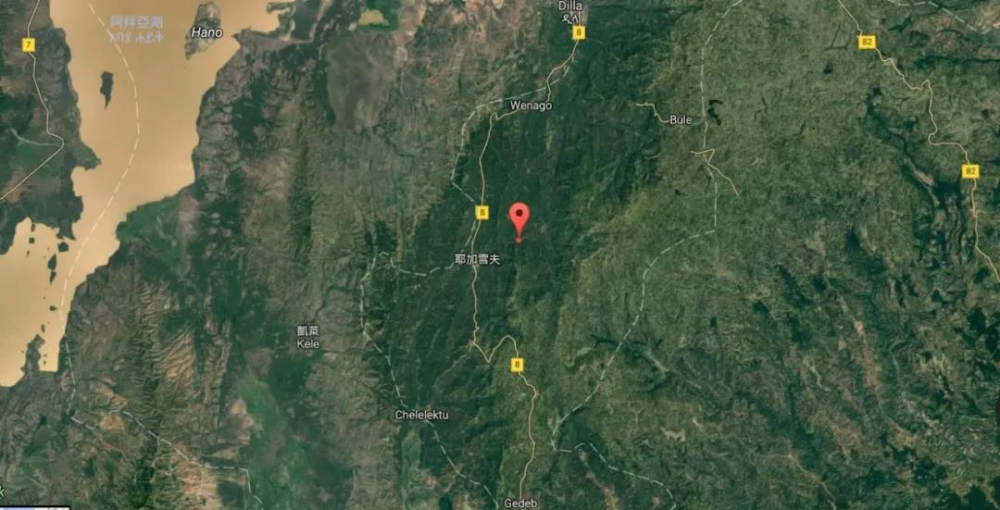
Xidamo Guji producing area
As one of the main boutique coffee producing areas in Ethiopia, Sidamo is located in the south of Ethiopia, across the plateau south of Lake Awasa in the Great Rift Valley of East Africa, at an altitude of 1500-2200m, with a significant temperature difference between day and night, coffee beans take longer to mature and absorb more nutrients, so that the fruit is rich in sour and sweet layers. Moreover, there are various topography and soil types, as well as many microclimates, so the coffee flavor of Sidamo is very diverse.
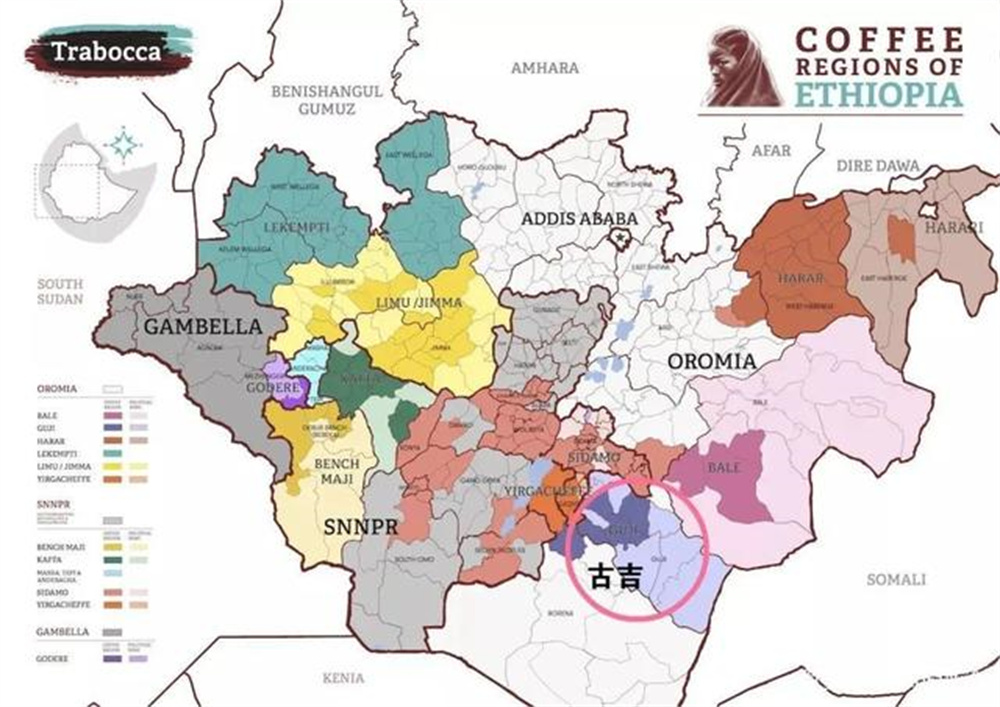
The Guji producing area originally belongs to the management of the Sidamo producing area, but because the area is relatively remote and the development is relatively backward, the rise and fame of Guji coffee is relatively late. At first, its reputation was not as good as that of Yejasuefei and Hara, but later it was independently divided into a new producing area because of the high-quality flavor of coffee beans. This place has fertile black land, with an average elevation of more than 1800 meters, and its unique geographical features form wind and soil conditions that are very conducive to the growth of coffee trees.
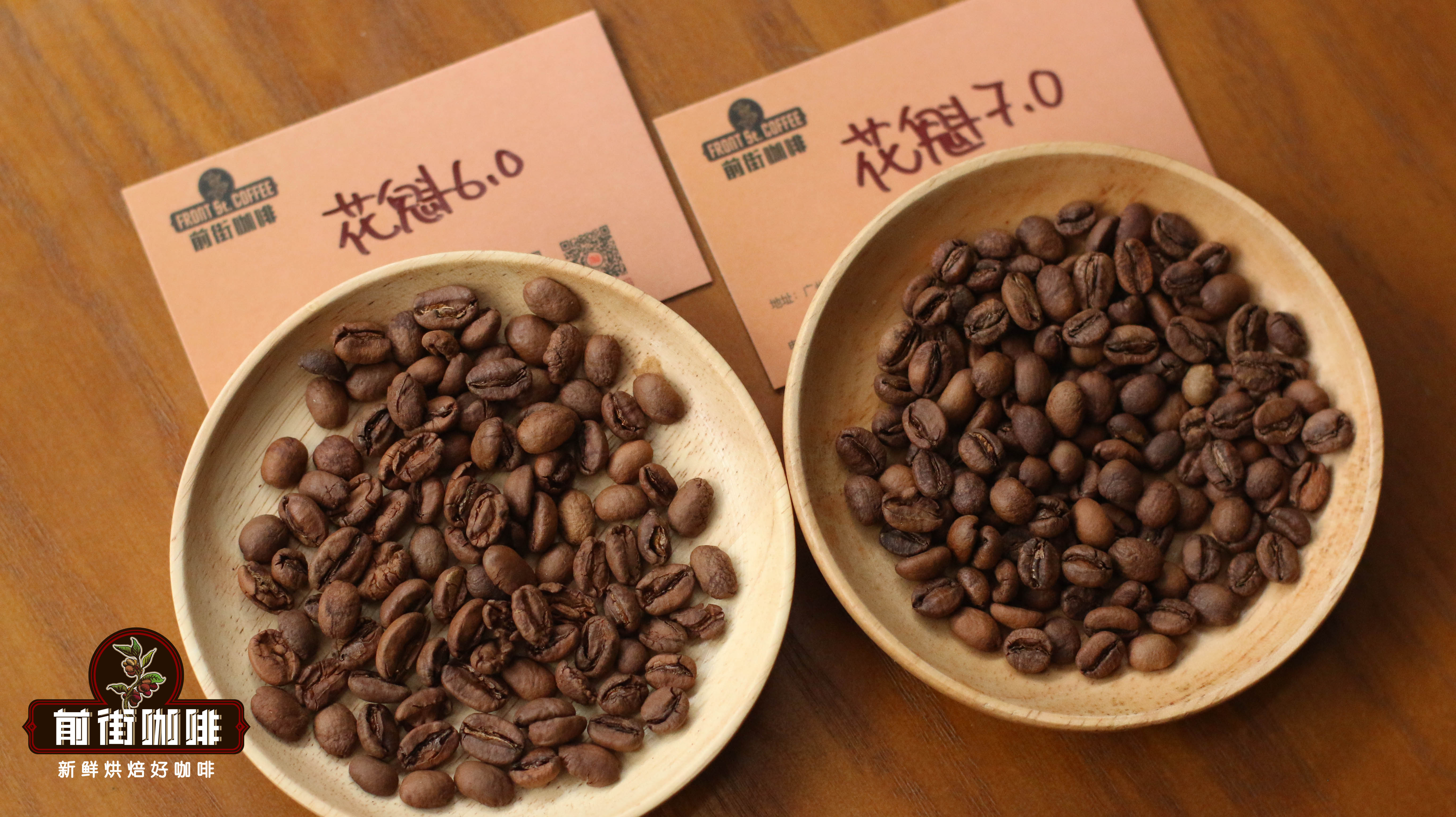
The raw coffee beans belonging to Oromia Region → Guji Zone belong to the regional type in the division of administrative regions. Just as Yejia Xuefei became well-known after its fame, it became an independent secondary production area of Sidamo (Guji Zone). This batch is made near the town of Dara Woreda in Sidama province. Produced by small coffee farmers in the Sirsa Cooperative (Shilcho Coop). This cooperative was founded in 1976 and is currently a member of the Sidama Provincial Cooperative Union SCFCU (Sidama Coffee FarmerCooperative Union), a large Ethiopian coffee cooperative alliance, which currently has about 46 member cooperatives and is the second largest coffee in Ethiopia.
Humbela producing area
According to the administrative division of Ethiopia, it can be divided into four levels: Region, Zone, Woreda and Kebele, which are equivalent to the provinces, cities, districts and streets of China. Huakui coffee beans come from the city of Guji in Sidamo province, and can be further divided into Hambella Kebele Hambella in Shakisso Woreda Shaquiso. Generally speaking, when it comes to Humbela, most of them are talking about Huakui coffee beans, because Humbela's Huakui coffee beans are so famous.
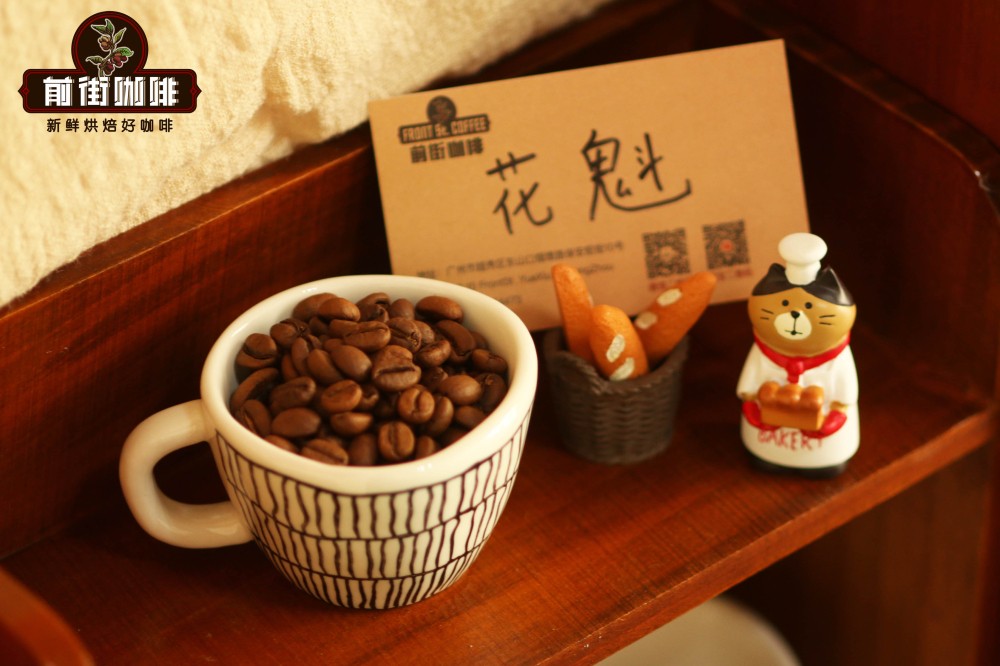
Humbera is a sub-region of Guji, where there are about 20 raw bean processing plants of different sizes, while Huakui coffee beans come from Gucci's Buku processing plant. The Buku treatment plant is located in buku abel village, 2200 meters above sea level. In addition to the innate favorable soil conditions, local farmers also take good care of every coffee tree. They plant shade trees next to the coffee trees, so that Sakui is fully exposed to the sun, without consuming too much nutrients and keeping more essential nutrients in the coffee fruit.
Huakui coffee
In 2017, Ethiopia's DW won the TOH (Ethiopia National Taste of Harvest competition) Ethiopian championship for its rich strawberry and cream aroma with a batch of solarization from the "Buku Abel" processing plant. In the same year, in the Chinese division of the World Brewing Competition, Li Jianfei, trained by Beijing CREMA Coffee, beat the rosy summer of the competition with "Sakuran" and won the national runner-up in the brewing competition. From then on, Huakui coffee began to appear on everyone's bean list.
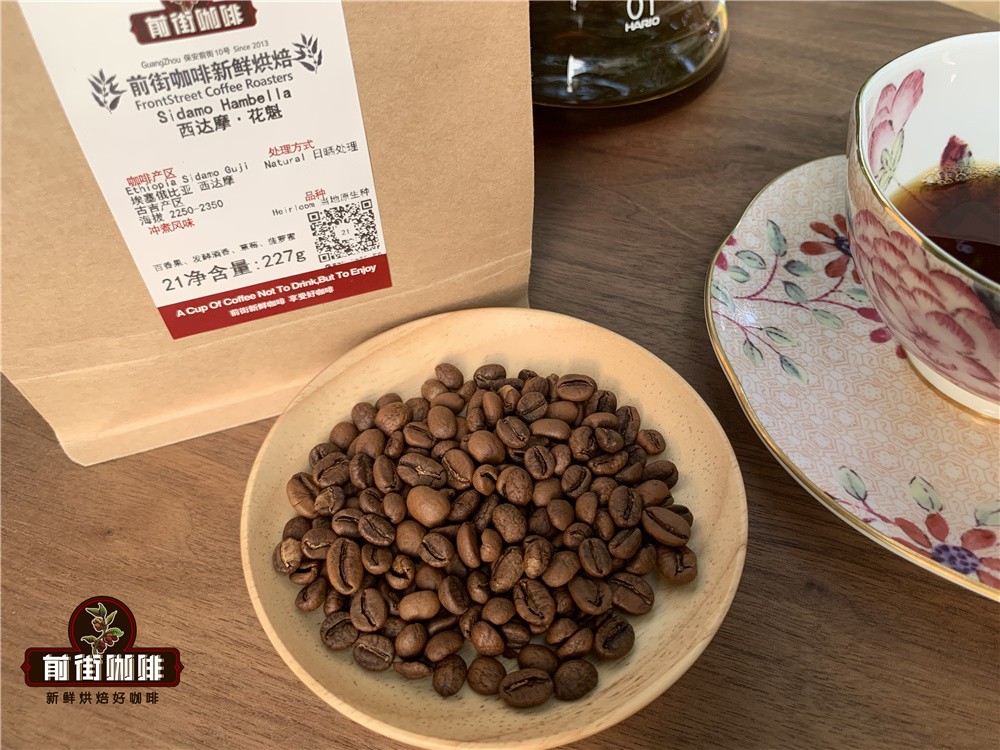
Li Jianfei, the runner-up in cooking, revealed in an interview that he thought the outstanding performance of the beans could compete with Geisha, a Panamanian geisha.
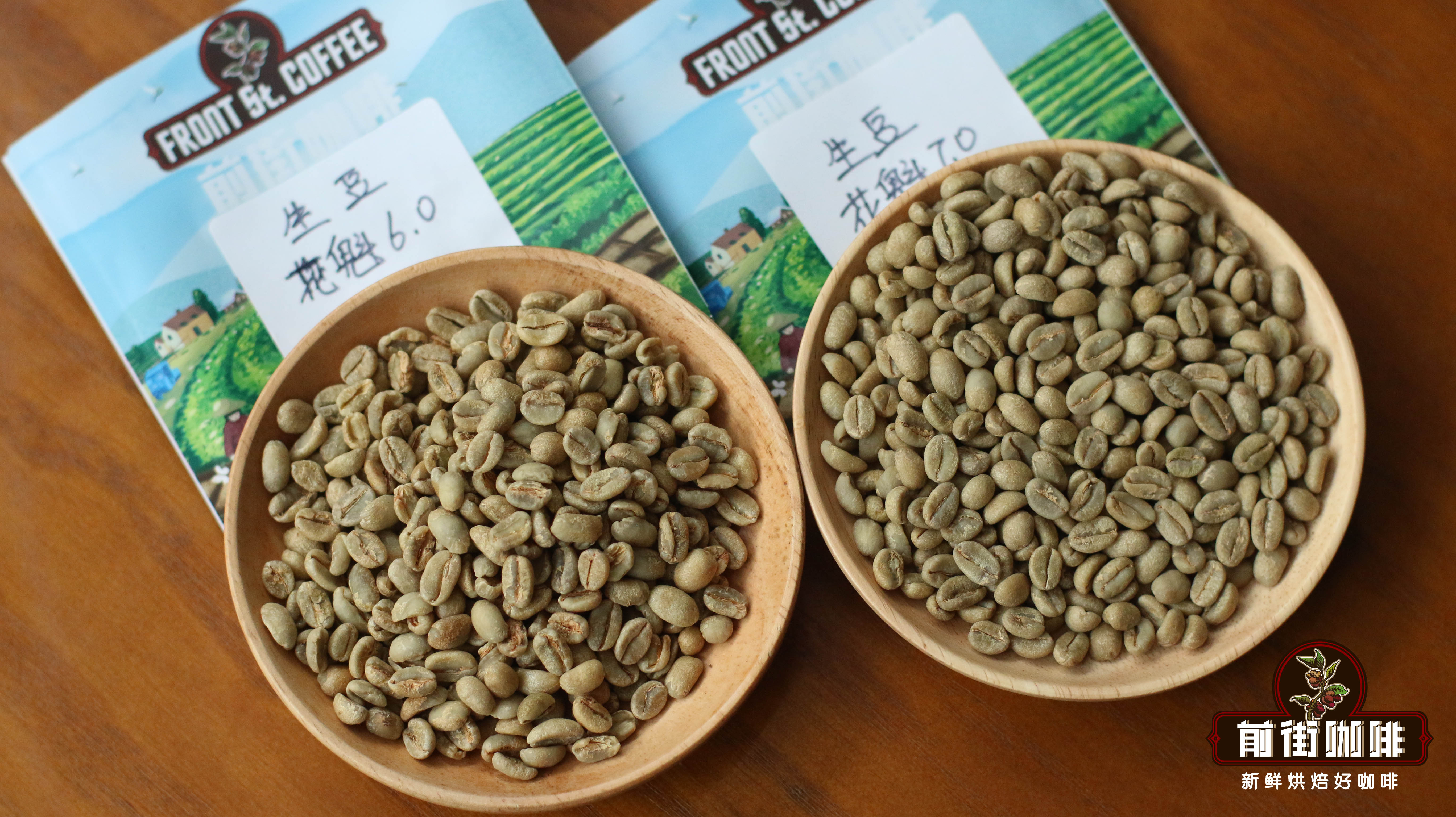
After DW became famous with "Sakuran" that year, it increased to four processing plants, namely "Buku Abel", "Buku Saysay", "Haro Soresa" and "Tirtiro Goye". But strictly speaking, only the sun-tanned coffee produced by the "Buku Abel" manor and the processing plant is called "Sakuran". The naming of Sakuran is also calculated after 2017. for example, the batch in 2018 is called "Sakui 2.0", the batch in 2019 is called "Sakui 3.0", and the batch produced in 2021 is called "Sakui 5.0". The batch produced in 2022 is called "Sakui 6.0" and the batch produced in 2023 is called "Sakui 7.0". Although Sakuran 7.0 has not yet entered everyone's field of vision, Qianjie believes that everyone is still looking forward to Sakui 7.0.
Arsi producing area
Arsi is also a boutique coffee producing area in Sidamo. Arsi (West Arsi) is located between the famous Yirgacheffe coffee growing area and Haller Hararge, at an altitude of 1900-2200m, in the western part of the Sidamo region, named after a branch of the Oromo people who have lived here for a long time.
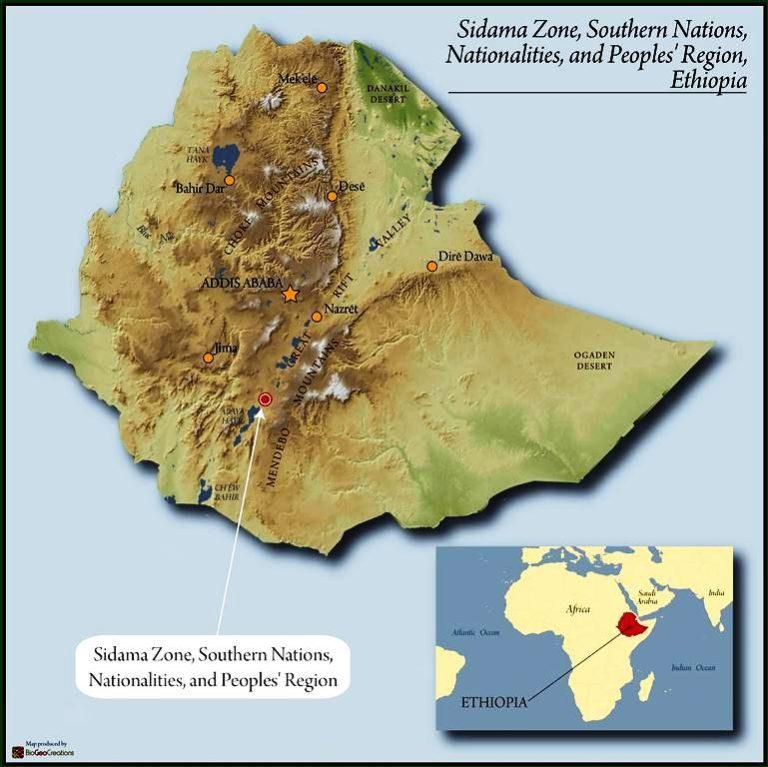
West Alsi consists of three woredas, namely, Arsi (Arsi), Bale (Bale) and East Shewa (Ethiopia's third-tier administrative region). About 88.52% of the population of West Alsi is Oromo, which is very important in the history of coffee because they are the first tribes in human history to drink coffee, and half of the coffee produced in Ethiopia comes from the region.
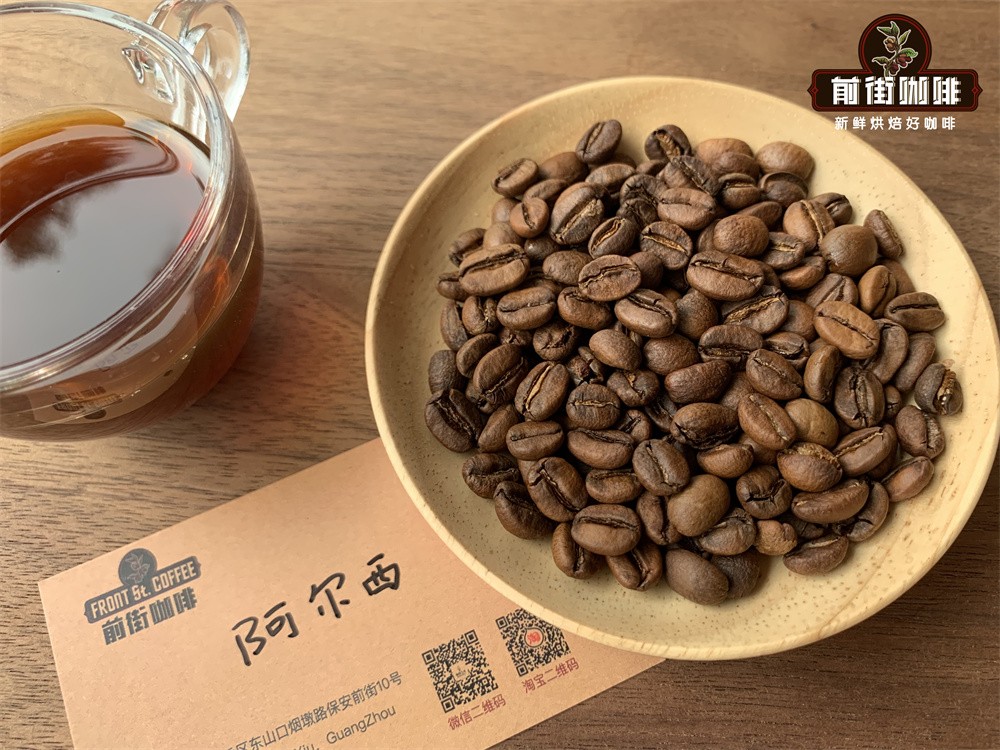
Coffee cultivation in West Alsi is based on a smallholder model, and the average smallholder farm is not large, about 2-3 hectares, but even so, they tend to be slightly larger than the usual 1.5-2 hectares in most parts of Ethiopia. Although the current coffee planting technology is still in the stage of development, compared with other producing areas, the development of coffee planting technology in West Alxi is very fast. Coffee farmers do not need to hire temporary or full-time workers, but choose coffee with the help of their families. This allows them to better control the quality of coffee, and processing stations usually pay extra for ripe red cherries, greatly increasing the enthusiasm of coffee farmers.
Sun treatment
Most of the coffee beans in Sidamo are sun-cured. The two Sidamo coffees on the front street are made in the sun.
During the annual coffee harvest season (December-January), the Buku processing plant only collects all red fruits and selects coffee cherries with a sugar value of more than 30 to dry on African scaffolding. As the local temperature difference between day and night is very large, farmers will cover the sun at noon to avoid too high temperature and overferment, and at night they will be wrapped in plastic sheeting to prevent sudden showers. Turn continuously throughout the day, and make sure that the coffee fruit does not accumulate too thick, so that the fruit can be evenly dried while preventing sunburn or unpleasant fermentation flavor. After about 18 days of sun treatment, raw coffee beans with a moisture content of only 13% can be bagged and stored.
Qianjie believes that different treatments will also lead to different flavors of coffee beans, and washing can better reflect the original citrus acid and floral flavor of Sidamo coffee beans, while the sun will increase aroma, sweetness and fermentation on the basis of the original flavor. Therefore, most of the rations beans in the front street are washed.

Coffee variety
Some people will ask Qianjie: how can Ethiopia's native coffee beans vary in size? Ethiopia is the genetic site of coffee, it can be said to be the natural gene bank of Arabica, there are many varieties and it is difficult to classify them firmly, and the local government chooses not to disclose the information of these varieties in order to protect them, so it is collectively called the original species of Heirloom. So the coffee beans native to Ethiopia appear to be of different sizes and shapes.
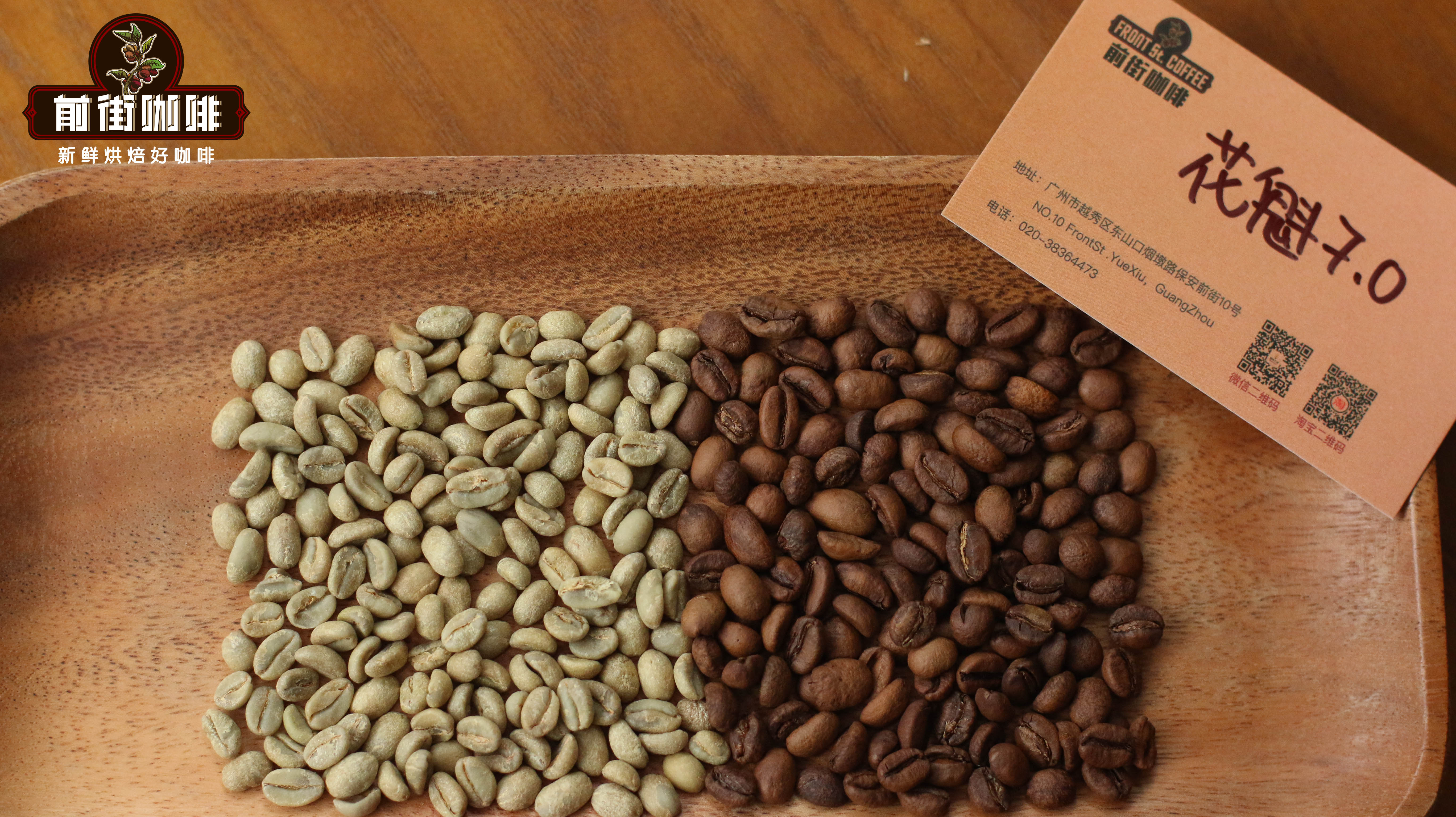
Parameters for brewing Sidamo coffee on the front street:
As a light roasted Sidamo coffee, Qianjie chose: V60 filter cup, water temperature 90 ℃, water powder ratio 1:15, powder content 15g, grindability (China 20 standard sieve pass rate 80%)
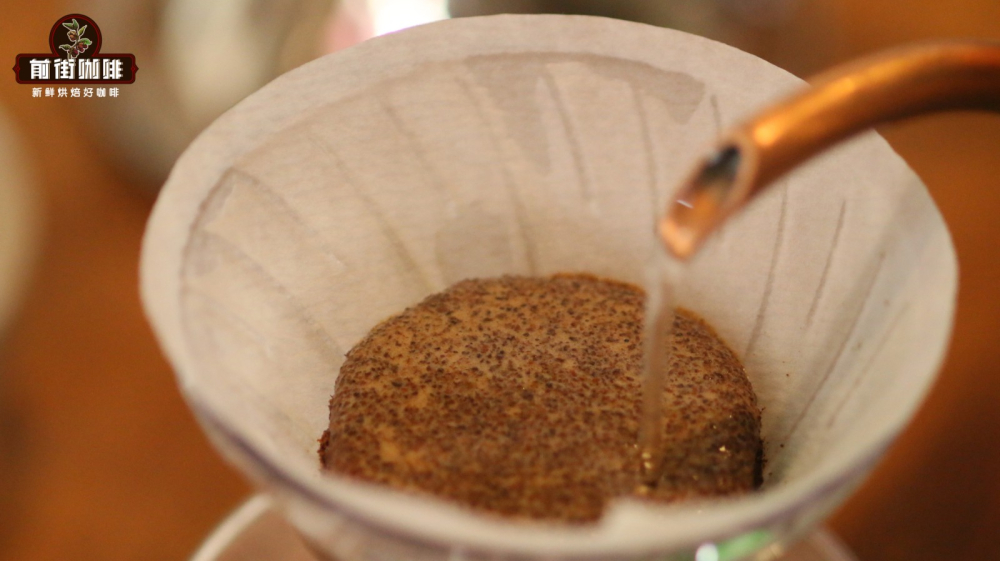
The use of segmented extraction, with twice the amount of coffee powder water for steaming, that is, 30 grams of water for 30 seconds, and the reason for the need for steaming process is to make coffee powder can discharge the internal carbon dioxide gas, so that the latter stage of the extraction is better stable. When the small water is injected around the circle to 125 grams, the injection will be stopped until 225 grams, then the filter cup will be removed after the dripping of the filter cup, and the extraction time will be 2 minutes 39 grams. Next, pick up and shake the whole cup of coffee, then pour it into the cup and taste it.
[sun Arsi Coffee]: it smells of berries and honey, with jam-like sweetness all over the mouth, with nectarine flavor at the end and juicy taste. After cooling, it is more like a cup of plum and nectarine-flavored juice.
[sunny Huakui 5.0 coffee flavor]: the flower and fruit aroma is very obvious, citrus, passion fruit, strawberry, oolong tea, have a high sense of sweetness.

In the comparison of the flavor of the two beans, Arsi has a slightly better sense of sweetness and juice, especially when it is hot, the flavor of jam and honey is irresistible, while the feeling of fruit juice is more obvious and very comfortable when the temperature drops.
On the other hand, Sakuran prefers the flavor of tropical fruits, and the alternating gap between sweetness and acidity is a great surprise. Compared with the two, Sakuran's sense of fermentation will be stronger. It's like bringing people into a fruit world.
Suggestions for making coffee in front of the street:
As for the brewing of coffee, Qianjie has always believed that the freshness of coffee beans has a lot to do with the flavor of coffee. Therefore, the coffee beans shipped from Qianjie coffee are all roasted within 5 days. The purpose of Qianjie roasting is "freshly roasted coffee", so that every guest who places an order is the freshest coffee when he receives it. The bean cultivation period of coffee is about 4-7 days, so when the guest gets it, it is the time when the flavor is the best.
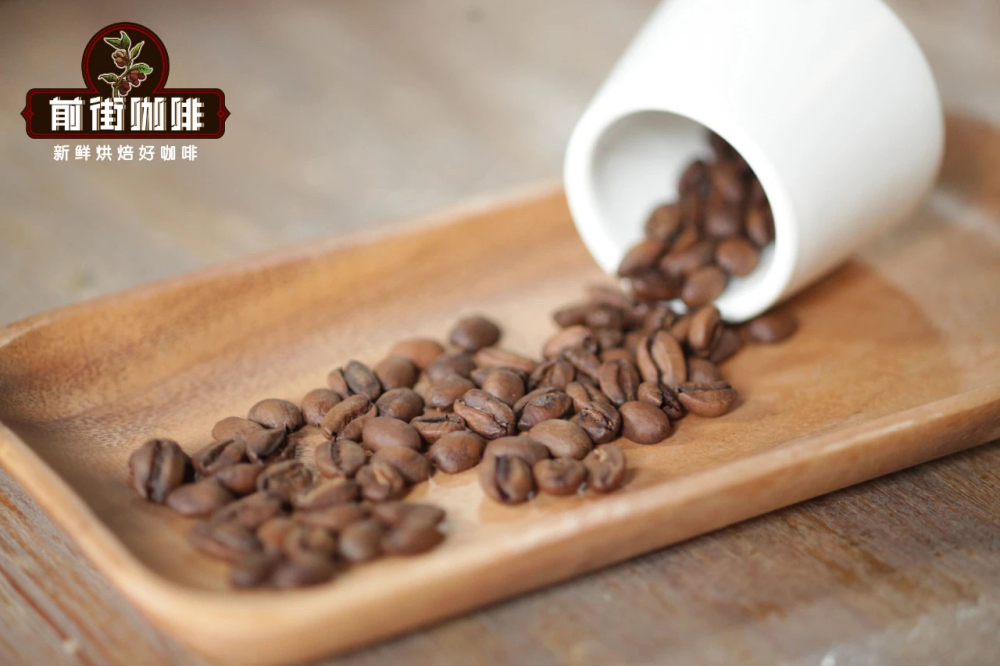
For those who need to be ground, Qianjie warmly reminds you that if the coffee beans are ground in advance, there is no need to raise the beans, because in the process of transportation, the pressure caused by carbon dioxide in the package can also make the coffee flavor round. so you can drink a cup of coffee as soon as you receive the coffee powder. But the coffee powder needs to be brewed in time, because the coffee powder oxidizes more quickly after contact with the air, that is to say, the flavor of the coffee will dissipate more quickly, and the flavor of the coffee is not so good. Therefore, Qianjie suggests buying whole beans, grinding and flushing now, so that we can better taste the flavor of coffee.
Essel's coffee is like a cup of fruit tea, which is a cup of thirst-quenching tea in hot summer; if it is made into SOE espresso, it will be even more sour! Of course, not all individual coffee beans can be made into SOE, especially washed Yega Xuefei coffee, made into SOE that taste will be very exciting! Huakui coffee is very good!
For more boutique coffee beans, please add private Qianjie coffee on Wechat. WeChat account: qjcoffeex
Important Notice :
前街咖啡 FrontStreet Coffee has moved to new addredd:
FrontStreet Coffee Address: 315,Donghua East Road,GuangZhou
Tel:020 38364473
- Prev
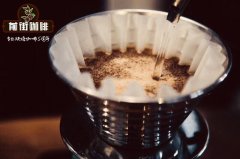
Ye Jia Xue Fei Kong Jia Flavor Taste Introduction Hand brewed coffee skills process key points sharing
Professional coffee knowledge exchange More coffee bean information, please pay attention to coffee workshop (Weixin Official Accounts cafe_style) Front Street-Yejia Xuefei Kongjia and hand brewing skills sharing Today's Front Street to recommend a coffee from Yejia Xuefei using sun treatment method_Kongjia. It is a fine coffee with a rare sun treatment method in Yejia Xuefei. Although it is a rare treatment method, it is both quality and wind.
- Next
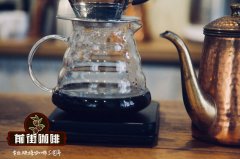
Kenya Coffee Recommended Kenya aa means what coffee flavor specific is what
Professional coffee knowledge exchange More coffee bean information Please pay attention to coffee workshop (Weixin Official Accounts cafe_style) Front Street-Kenya AA Coffee Introduction Kenya is a famous coffee kingdom in Africa. A movie "Out of Africa" has made Kenya coffee more famous all over the world. Kenya coffee has a distinct fruit aroma, the most common fruit aroma is citrus, in addition to
Related
- Beginners will see the "Coffee pull flower" guide!
- What is the difference between ice blog purified milk and ordinary milk coffee?
- Why is the Philippines the largest producer of crops in Liberia?
- For coffee extraction, should the fine powder be retained?
- How does extracted espresso fill pressed powder? How much strength does it take to press the powder?
- How to make jasmine cold extract coffee? Is the jasmine + latte good?
- Will this little toy really make the coffee taste better? How does Lily Drip affect coffee extraction?
- Will the action of slapping the filter cup also affect coffee extraction?
- What's the difference between powder-to-water ratio and powder-to-liquid ratio?
- What is the Ethiopian local species? What does it have to do with Heirloom native species?

